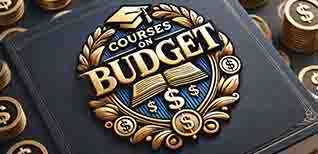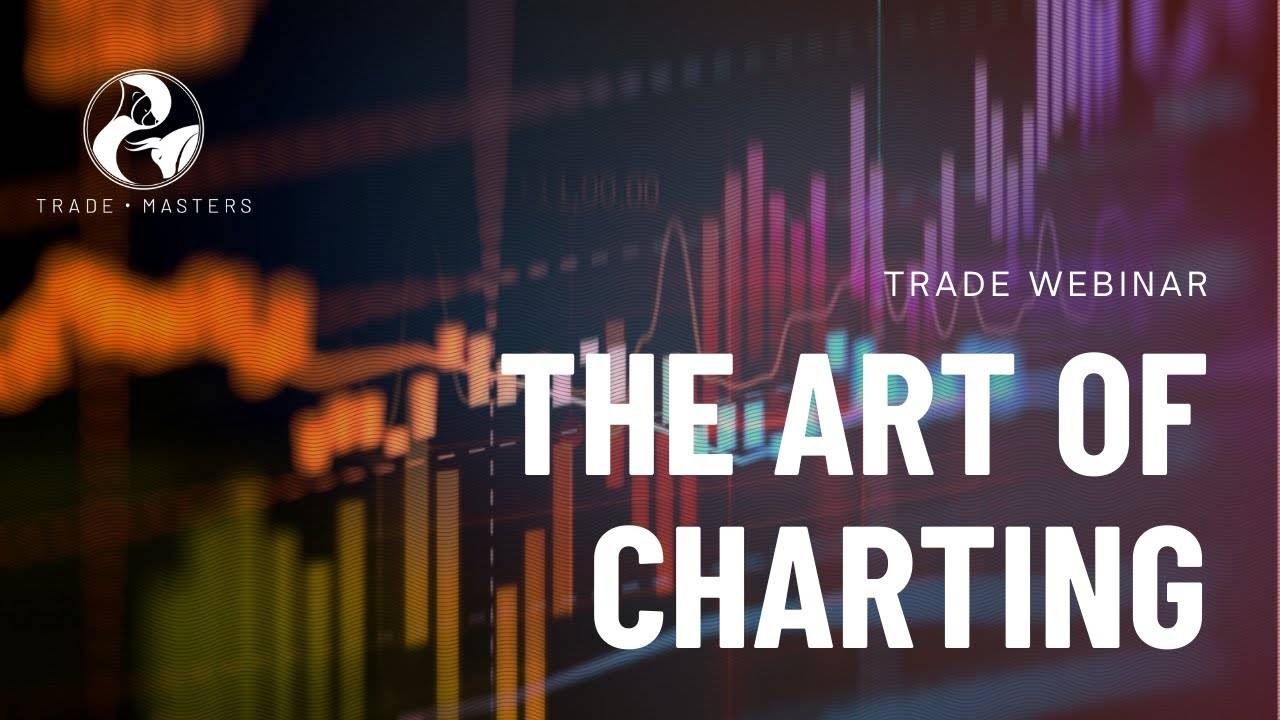What is a Art of Charting for Cheap?
Make better decisions and trade successfully.
Welcome to The Art of Chart, the number-one source for futures trading strategies, technical analysis of futures markets, and more. Day traders and swing traders can take advantage of a variety of subscription packages in which we offer videos, webinars on trading futures, weekly chart chats, access to our private Twitter feed, and bonus charts where we offer additional insight on futures trading. Given the volatility of futures contracts, we wanted to provide the most in-depth critical analysis and up-to-date information available to help traders accurately assess the market and identify possible moves. By complementing the information found at The Art of Chart with their own trading strategies, day and swing traders can make decisions that could potentially maximize profit and minimize risk. Good luck, and good trading to all!
 SAMPLE:
SAMPLE:
 SAMPLE:
SAMPLE:
 SAMPLE:
SAMPLE:
Use a FREE VPN. if the video isn’t working.
Art of Charting Index:
📄 1 Minute Strategy by UltraWaved.mp4 (142.30 MB)
📄 Art of Charting EP01 by STOCK GODD.mp4 (1.33 GB)
📄 Art of Charting EP02 by Futures Don_t Lie-001.mp4 (2.43 GB)
📄 Art of Charting EP03 by STOCK GODD.mp4 (296.66 MB)
📄 Art of Charting EP04 by AntFX.mp4 (356.02 MB)
📄 Art of Charting EP05 by Joshua_s ChartLab.wmv (981.09 MB)
📄 Art of Charting EP06 by STOCK GODD.mp4 (298.20 MB)
📄 Art of Charting EP07 by Alex.mp4 (1.32 GB)
📄 EU 15M – DSMYI.mp4 (149.38 MB)
📄 Episode List.jpg (99.25 KB)
Deconstructing Motive Waves
Some general guidelines can be followed to identify a motive wave:
- Wave 2 cannot be more than 100% of Wave 1.
- Wave 3 cannot be the shortest wave of the three impulse waves (1, 3, and 5).
- The price range of Waves 1 and 4 cannot overlap.
Elliott Wave Theory Applied to Markets
In real-time markets, it was observed that a motive wave could comprise three waves instead of five. In fact, most of the time, the market will see a motive wave that is composed of three waves. It is also possible that the market keeps moving in corrective waves. Therefore, three-wave trends are more common than five-wave trends.
Use of Fibonacci Ratios in Elliott Wave Theory
The Fibonacci summation series takes 0 as the first number. The next number is obtained by adding 1 to 0. Then, the series is derived by taking the previous two numbers and adding them to obtain the next number. The Fibonacci summation series looks like 0, 1, 1, 2, 3, 5, 8, 13, 21, 34, to infinity. Fibonacci ratios are derived by dividing two Fibonacci numbers. The ratios are used to determine levels of support and resistance in the markets.
In Elliott Wave Theory, Fibonacci retracement is the use of Fibonacci ratios to determine where a correction ends so that the primary trend can begin again. Fibonacci retracements measure the depth of pullbacks in a trend. For example, Wave 2 can be 50% of the length of Wave 1.
Another widely used tool is Fibonacci extensions. Fibonacci extensions are used to determine the turning points in a primary trend. In a bull market, they indicate where a motive wave can go before a correction. In a bear market, they can be used to determine support levels. Fibonacci extensions are used to measure stock price levels at which profits can be realized.


